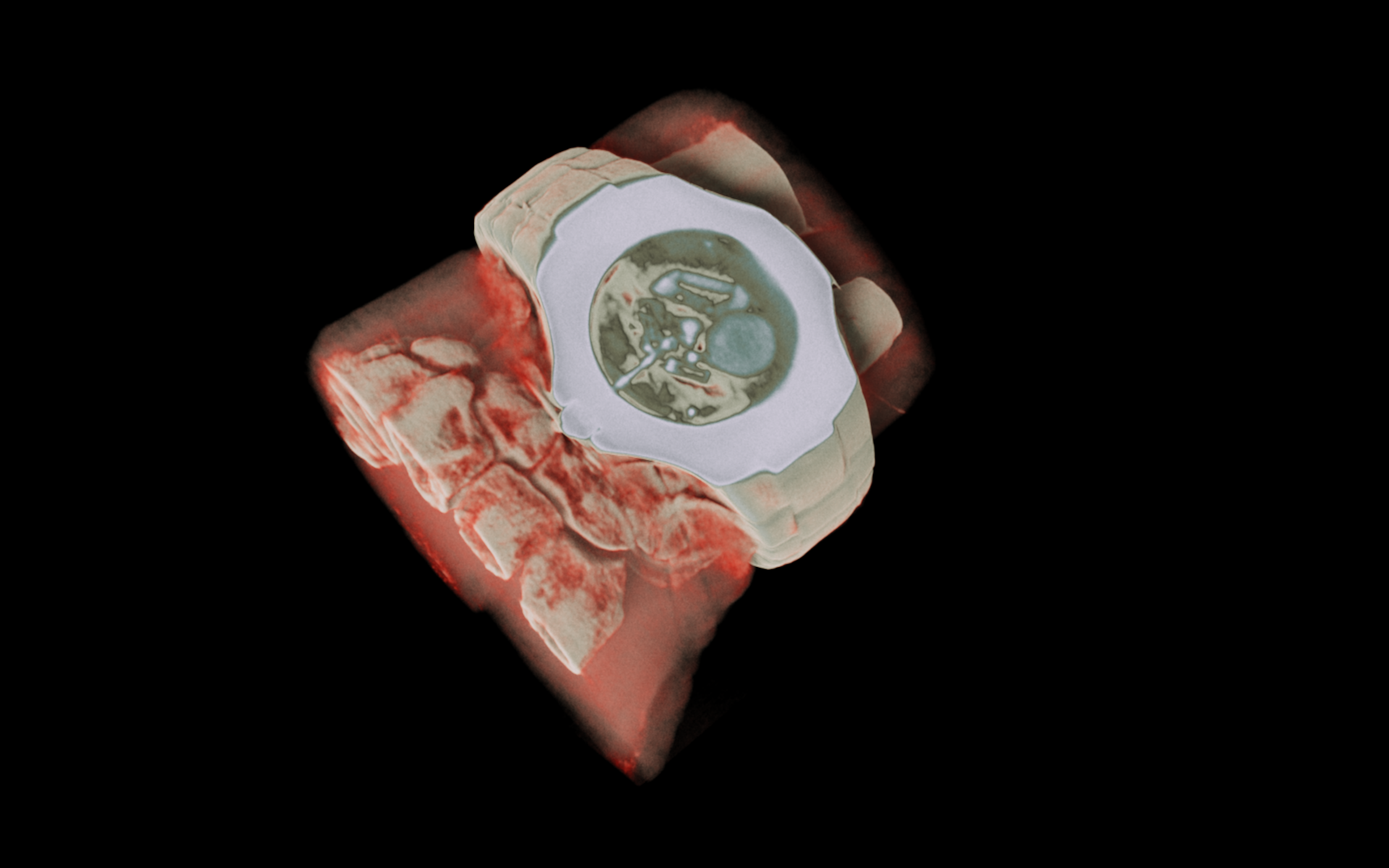Students are being transported to virtual parties and bathrooms to practise saying no to vaping, using a new technology that fills “the void” of addiction aid for schools.
A pilot virtual reality (VR) programme at five New Zealand schools has seen 52% of participants report they were less inclined to pick up a vape afterwards.
Developed by mental health innovators Ignite Aotearoa and Christchurch startup oVRcome, the programme mixed education and exposure therapy in an engaging way.
Students learnt the harms of vaping and how they were being “sold to” by companies, before being placed in virtual scenarios where vapes were offered or pressured, using a smartphone-holding headset.

Some schools used it as a disciplinary measure when they caught students vaping, while others, like Rangiora High School, used it in junior health classes.
Rangiora High deputy principal Haidee Tiffen said participants loved the VR aspect of the programme and were really engaged.
“We are taking a health promotion stance and supporting our young kids. We are trying to provide as much information we can for our students to make an informed decision.”
Other schools involved included Shirley Intermediate, Wellington College, Tangaroa College and Northland College.

oVRcome founder Adam Hutchinson said the programme helped students “build up their resilience, so they’re more likely to say no” to vaping in real life scenarios.
His exposure therapy based startup focused on tackling phobias of flying or spiders, and mental health issues like social anxiety, before turning to youth vaping.
Principals were catching more and more students vaping, but had “no tools” to deal with the issue so it “just made sense”, he said.
“Technology's got a massive role to play in accessibility and affordability for a lot of these interventions ... it’s a great feeling to be working on something that's having real world outcomes.”

Ignite Aotearoa director Sarina Finucare said its youth addiction service was “getting slammed by requests from these schools” struggling to combat student vaping.
This prompted her to partner with oVRcome, as there was not a youth programme available specifically for quitting vaping, she said.
Feedback showed the programme worked best in years 9 and 10 as that was when students were most likely to pick up the addiction, she said.
“We’re not in there claiming this going to stop them, we’re kind of in there saying this is filling the void … of the education addiction toolkit for schools.
“Hopefully it’s the start of showing different ways that we can make these programmes interesting in schools, but cheap and affordable.”

It would cost about $5000 for a school to purchase the programme and 30 headsets. Finucare said they “would love” to see it funded by the Ministry of Education to ensure every school could access it.
Ministry operations and integrations leader Sean Teddy said it had not contacted oVRcome or Ignite Aotearoa yet.
“We are interested in any effective interventions to support schools to tackle issues with vaping, so will look into their offerings.”
More schools may be added to the pilot as it continued into term four, Hutchinson said

.jpg)

